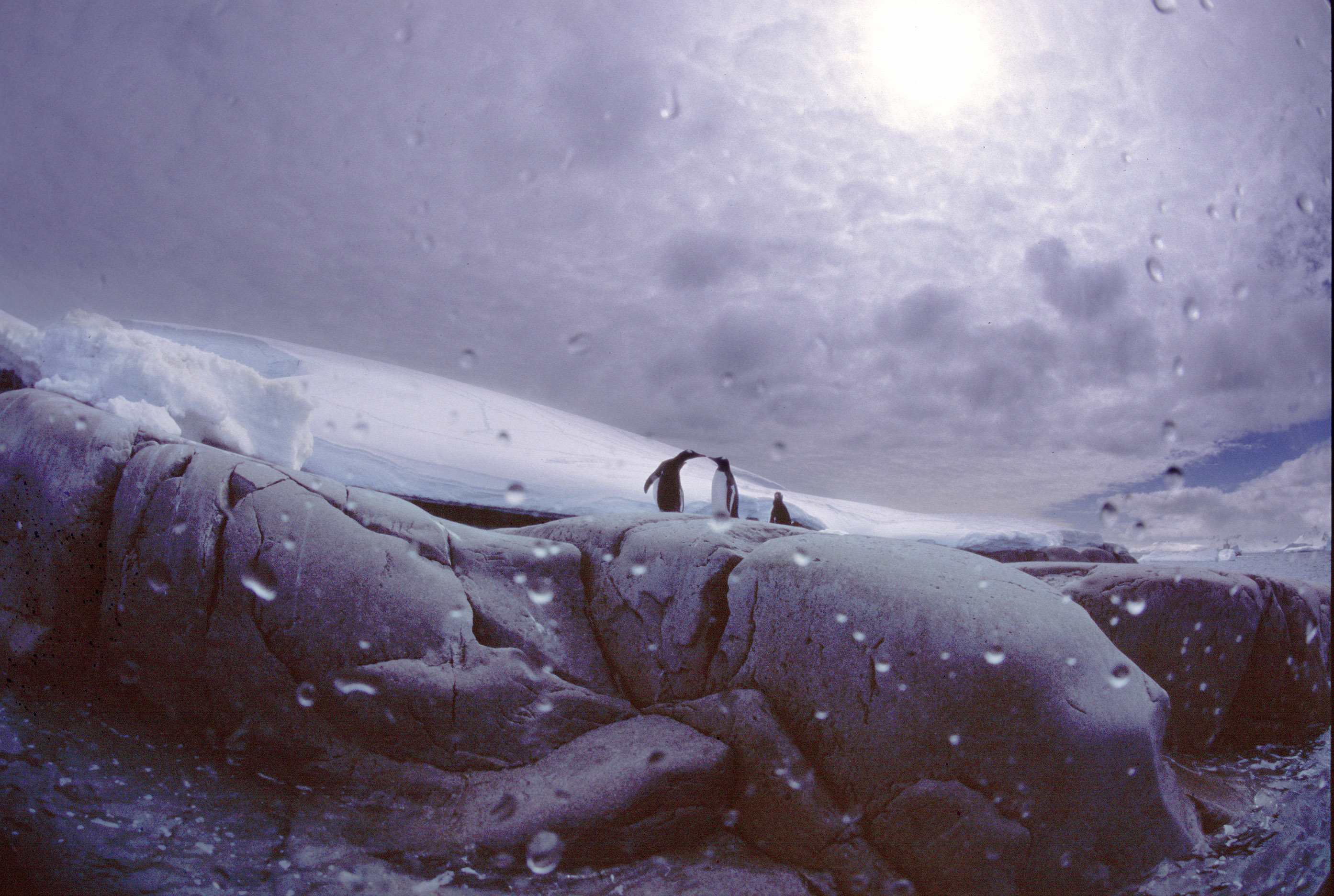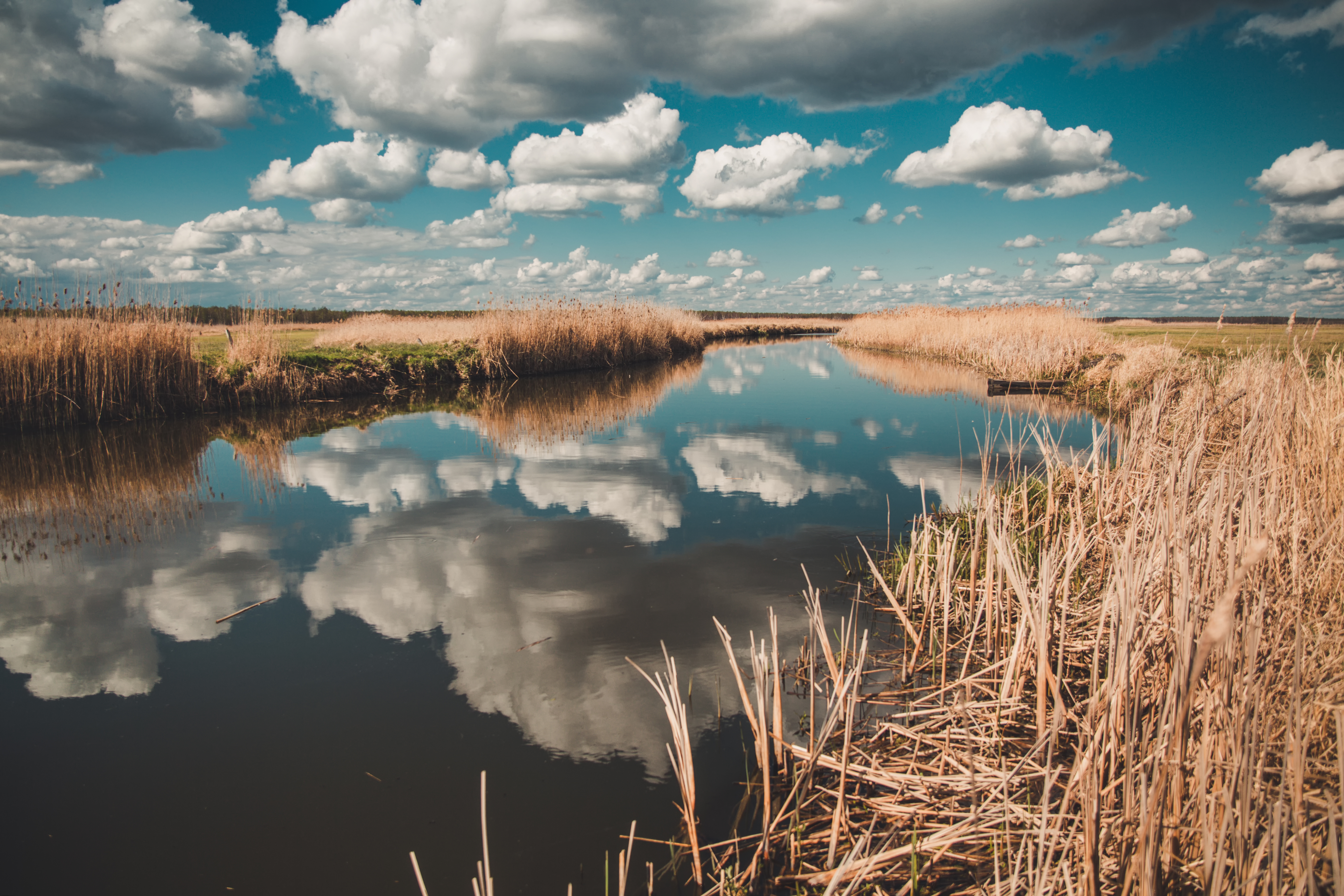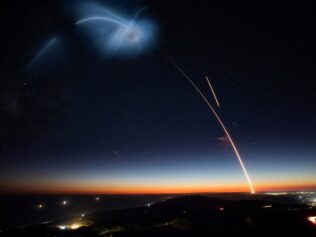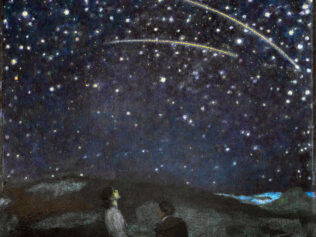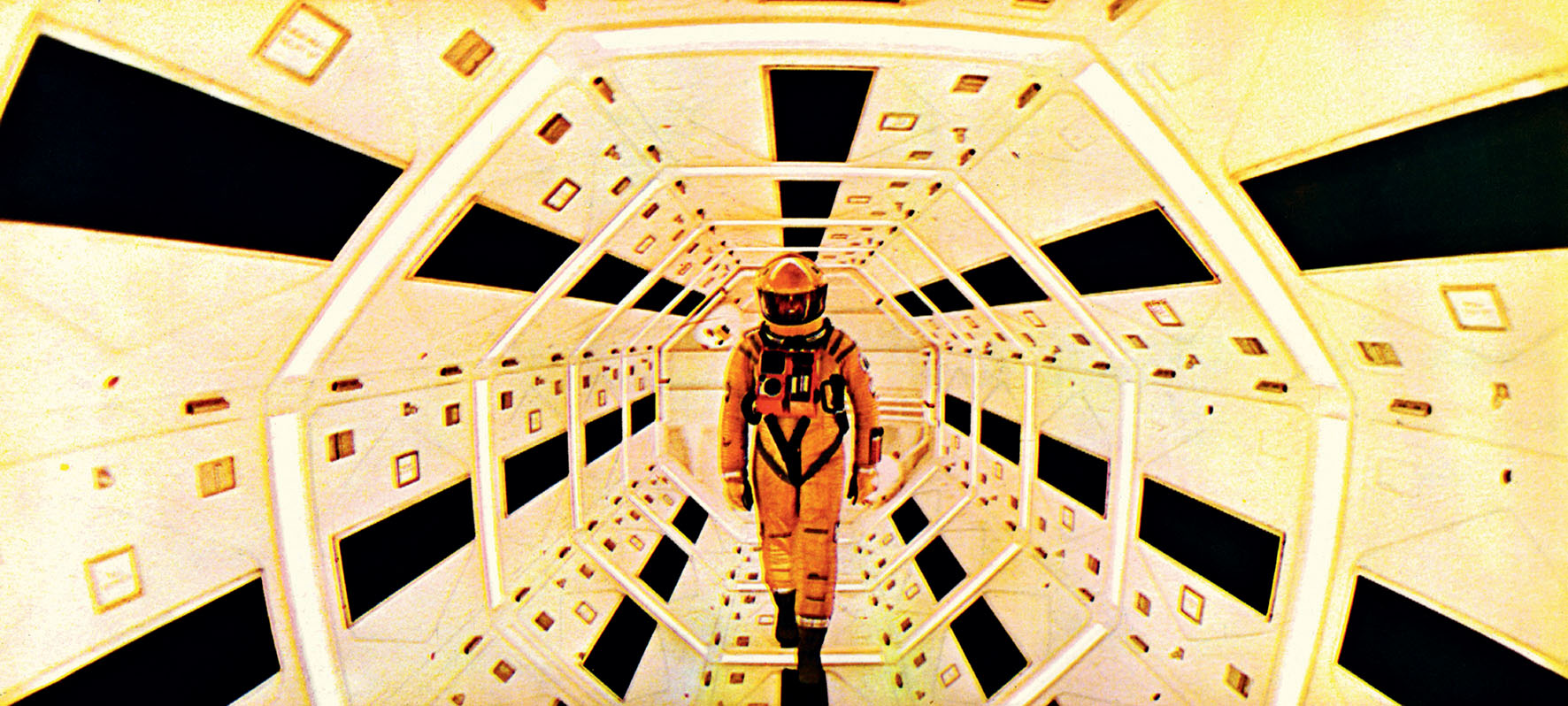
Space flight brought a new perspective – for the first time, Earthlings saw their planet from afar. Three photos of Earth, which we will look at here, are especially famous.
Man flew into space, but discovered the Earth. This is a paradox and perhaps rather banal, but important and true. For the most important lesson of space travel isn’t about the infinite expanse of space, distant planets and constellations, but about the planet we set off from. And about us.
In the golden years of space travel (an era which, for now, is over), it was typical to hear talk of “conquering” or even “colonizing” space. Indeed, in the 1960s or 1970s, it might have seemed that a great future for mankind in space was within our grasp. This is not surprising, because the early years were electrifying. Barely three years passed between the launch of Earth’s first artificial satellite, Sputnik I (1957) and the first man in space, Yuri Gagarin (1961). Furthermore, barely eight years later (1969), Neil Armstrong and Buzz Aldrin walked on the moon. Simple extrapolation from this allowed people to think about a permanent moon base in the 1980s, flights to Mars in the 1990s and, by 2001, we were already meant to be flying to the gas giants, at least in the imagination of the author of Space Odyssey, Arthur C. Clarke.
None of this came true. The zeitgeist flew into space, but came quickly back down to Earth. The revolutions raging today are happening on Earth – this Earth; those socio-political, technological-digital and ecological-climate revolutions. It was no coincidence that this last revolution in particular – the entire growth in climate awareness and the changing views of humanity about their home planet – launched precisely from the moment we could actually view the Earth from space. Before Gagarin, no-one had ever seen Mother Earth from anything higher than the height a stratosphere balloon could lift, or that a jet on an afterburner could reach, i.e. from 30-odd kilometres away. This is high enough to see the horizon as a curved line and for the sky to look black, but it is still far too low to see Earth as a blue planet, fragile, delicate and in need of care. This reflection returns like a mantra in the accounts of astronauts and, thanks to the miracle of photography, we can all experience this perspective, too. Today, photographs from space seem boringly commonplace in textbooks because we no longer remember a time when they weren’t there. It is hard to imagine now the impression these images made when they first appeared. And that is precisely why it is worth trying.
Earthrise
I would like to talk about three photographs. The first is photo number AS08-14-2383 from NASA’s catalogue, widely known as Earthrise. It was taken by William Anders, one of the Apollo 8 crew, on Christmas Eve, 1968. The three astronauts on Apollo 8 were the first people to see the moon up close and also the first people to fly far enough to see Earth not as an all-round horizon, but as a small, round disc in the sky; the same way as we see the moon in the sky from Earth.
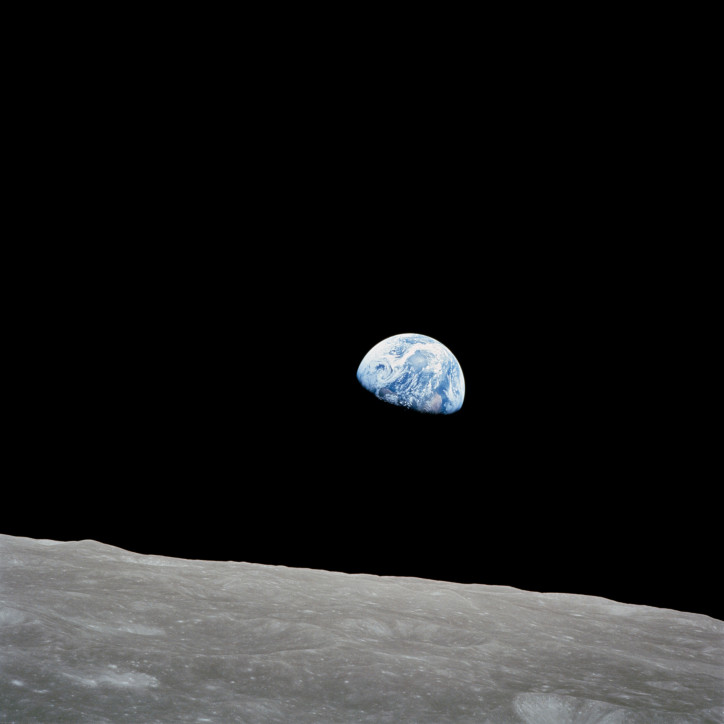
And this is exactly what Earthrise shows – Earth entering its final quadrant, suspended above the horizon of the moon. The planet was captured as dawn was falling over Africa. The pale patch on the right-hand side is Western Sahara; the blue part, the Atlantic. On the left is Antarctica. The well-known orientation of the photo is an inversion of the original in such a way that the lunar horizon is at the bottom, creating the impression that the Earth is actually ‘rising’ above it. This is an illusion insomuch as, although for the astronauts Earth did rise, this was only because they were in orbit around the moon. For an observer standing on the surface of the moon, Earth neither rises nor sets, but hangs in the same place in the sky. This happens because the moon moves round the Earth in a synchronized orbit; for exactly the same reason, we always see the same side of the moon from Earth. Earthrise is therefore both something of a metaphor and a prophecy, but time has shown that this became true in the decades that followed Apollo. The problem of human responsibility for our place in the universe has penetrated the general consciousness more than ever before. One could even say that Earth has actually risen for its inhabitants.
The Blue Marble
The second photograph comes from the final Apollo mission. It is photograph number AS17-148-22727, taken on 7th December 1972, by Harrison Schmitt from the crew of Apollo 17. He took it just five hours after launch when the ship had only just left Earth behind. Here, too, the version we know through its infinite number of reproductions is cropped and rotated. Originally the south was at the top, but it was rotated in line with the chauvinism of the northern hemisphere. What makes this photograph extraordinary is that fact that Schmitt took the photo when flying between Earth and the sun. As a result, Earth was captured in almost perfect fullness.
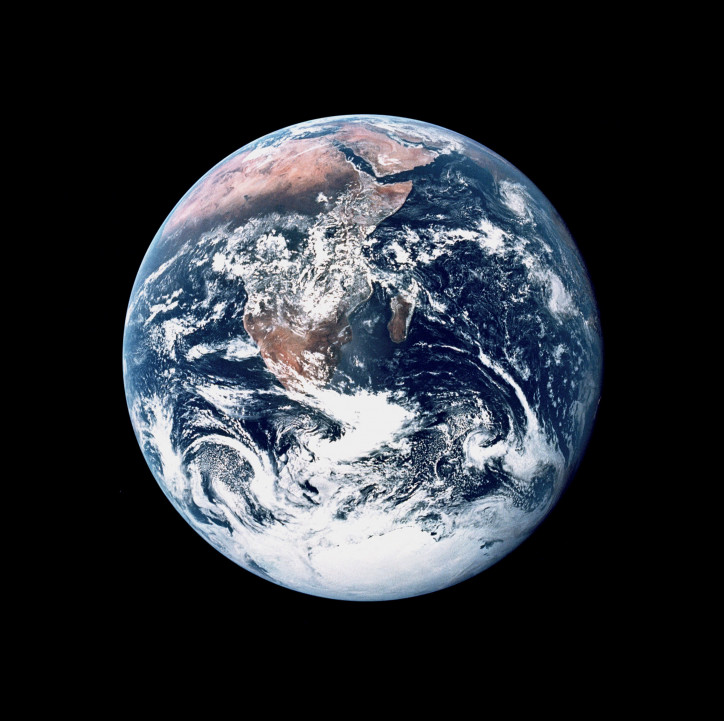
Just as Earthrise showed our planet as an oasis of colour in a hostile cosmos, so The Blue Marble – a photo taken closer in and showing more detail – is probably the most famous non-globe globe, which shows us what our globe really looks like. This photograph demonstrates how arbitrary, nay fictional, political borders are; the state borders that we so carefully draw on our maps and that we take so seriously, often deadly seriously. The Blue Marble reminds us that nothing like this can be seen from space and that the familiar colours on our maps, showing one country here, another there, and a third over the water there, are, in the words of Polish poet Julian Tuwim (1894–1953), “a fairytale, a common brawl”. From space, you see completely the opposite; we inhabit one and the same planet. National borders and countries exist only in our minds. From a height of 29,000 kilometres (or maybe this is already a distance?) you cannot see people or cities, nor any of the works of mankind at all. However, you can see the whole of Africa, Madagascar and the Arabian Peninsula. The winter solstice is approaching; the sun shines on the ice sheets of the Antarctic, and the Southern Ocean is shrouded in picturesque clouds. The skies over the African deserts are clear.
Pale Blue Dot
The third picture gives the most distant perspective in the history of our species, from the lens of an automatic camera on Valentine’s Day in 1990. This photograph is known as the Pale Blue Dot and was taken from a distance of six billion kilometres by the Voyager 1 probe as it was leaving our solar system.
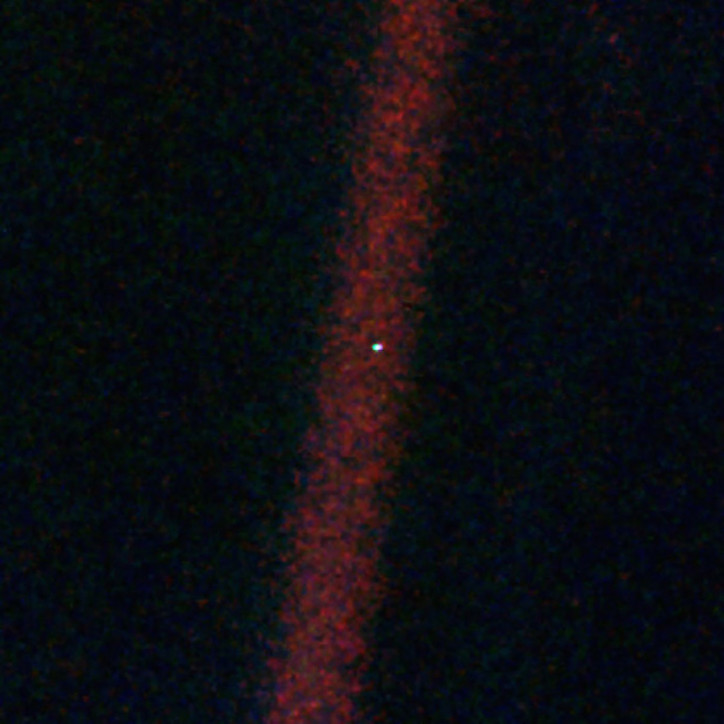
From the region of Pluto’s orbit, Earth looks like it doesn’t look like anything at all, because it’s almost invisible. Pale Blue Dot is effectively a black frame, shot through with suggestions of light, reflected in the lens of the camera. You have to look very carefully to find a single, pale blue pixel on the right-hand side, more or less half way up the picture. This is, in fact, Earth. And perhaps the best comment comes from Carl Sagan’s book, Pale Blue Dot. He was an astronomer who worked on the Voyager project and who had the idea for this photograph. I rarely quote anyone, but these words are worth their quotation marks.
“Look again at that dot. That’s here. That’s home. That’s us. On it everyone you love, everyone you know, everyone you ever heard of […] lived out their lives. […] every hero and coward, every creator and destroyer of civilisation, every king and peasant, every young couple in love, every mother and father, hopeful child, inventor and explorer, every teacher of morals, every corrupt politician, every ‘superstar’, every ‘supreme leader’, every saint and sinner in the history of our species lived there – on a mote of dust suspended in a sunbeam. […] Think of the rivers of blood spilled by all those generals and emperors so that, in glory and triumph, they could become the momentary masters of a fraction of a dot. Think of the endless cruelties visited by the inhabitants of one corner of this pixel on the scarcely distinguishable inhabitants of some other corner, how frequent their misunderstandings, how eager they are to kill one another, how fervent their hatreds.” *
Exactly – let’s think about it. These words, from a scientist and atheist who died a quarter of a century ago, are no less relevant today than they were in the 1990s when they were written. Perhaps even more so.
* Carl Sagan, Pale Blue Dot: A Vision of the Human Future in Space, Ballantyne Books Edition, September 1997, pp 6-7.
Translated from the Polish by Annie Jaroszewicz





